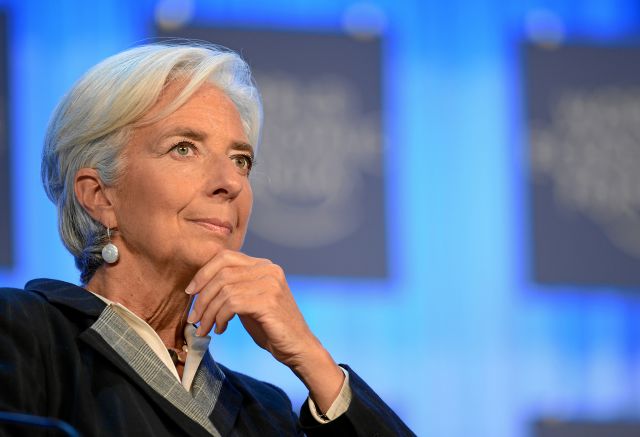If youth underemployment in typical developing economies was brought in line with the average advanced economy, the economic output would get a 5 percent boost, according to International Monetary Fund CEO Christine Lagarde.
“We know that young people are essential to economic development and growth. They make up approximately one-third of the working-age population in the average emerging market and developing economy,” she said.
She said global youth face tough labor markets and job shortages in countries all over the world. Approximately 20 percent of 15- to 24-year-olds in the average emerging market and developing economy are neither in work nor in school.

The social and economic costs of this gap are significant. Trust in society tends to be lower in countries with higher levels of youth inactivity, raising their chances of social conflict.
More and better education is part of the solution. But this alone will not be enough. Too many well educated young people struggle to find good jobs in emerging and developing economies, she said.
Drawing on new analyses using both macroeconomic and microeconomic big data (tens of millions of individual-person data points), a recent IMF research points to a series of policies that can help close the gap with advanced economies. These policies will improve job prospects for everyone, but especially for young people not in school.
“Large and persistent gender gaps are a big part of the story behind poorer youth labor market outcomes in emerging market and developing economies,” said Lagarde, noting that on average, nearly 30 percent of young women in these economies are not working and not in school.
“This is almost twice the rate for young men in a similar position. Some—but not all—of the discrepancy can be explained by the economic consequences of having children.”
Also, limiting overly strict labor regulations, ensuring severance payments are not too onerous, and establishing a minimum wage that is not too high compared to the average wage are all associated with improved employment and participation for young people who are out of school—particularly young women.
A case study of the recent history of minimum wage reforms in Indonesia helps prove the point. Indonesian provinces that raised formal minimum wages relative to average wages by 10 percent less than other provinces saw 1 to 1.5 percentage point lower youth unemployment rates. These policies benefitted young women the most. These policies also boost the number of formal jobs—which are typically more productive and more desirable—available to young men and women.
The United Nations’ Sustainable Development Goals for 2030 focus two pillars on young people. One is to substantially reduce youth unemployment and the second is to ensure that young people who are out of school have productive and meaningful employment options. We can all see there is still a long way to go. But there is a path to get there.





































